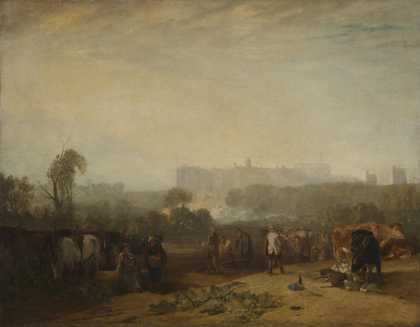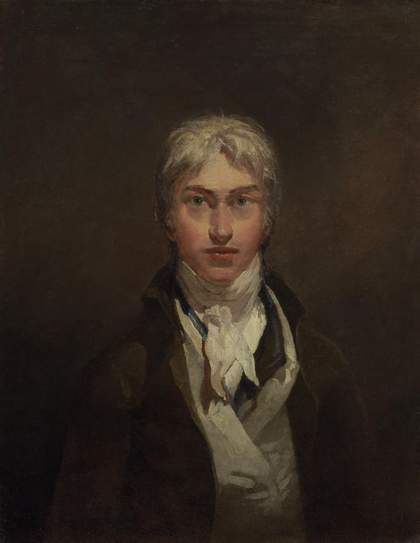See Turner respond to the varied scenery and subjects he recorded during his travels through Britain
This room explores Turner’s lifelong interest in depicting scenes of British landscape and contemporary life. At the beginning of his career he undertook annual summer tours of Britain, recording landscapes, coasts, towns and everyday scenes in his sketchbooks as material for pictures, watercolours and prints. His work ranged from highly-finished topographic views full of human activity to vividly spontaneous impressions of nature.
For the first twenty-two years of Turner’s adult life Britain was at war with Revolutionary and Napoleonic France. Except for an intensive visit to Paris and the Alps during a brief ceasefire in 1802, Turner concentrated on British subjects. Often shown in groups at his gallery, these combined naturalism with patriotic sentiment. After the peace of 1815, he regularly travelled abroad, so toured less in Britain. He did, however, spend working holidays at the houses of his closest patrons such as Lord Egremont at Petworth House.
The nation Turner observed progressed from a state of constant war towards Victorian prosperity and confidence, though not without social upheaval. He depicted these changes, representing sympathetically both working people and the lifestyles of wealthy or aristocratic patrons on whose support he relied, along with technological advances and improvements in the nation’s infrastructure.
Tate Britain


